Liechtenstein and Switzerland are closely linked. This is evident not only in terms of currency - in Liechtenstein, people pay with Swiss francs - but also, and especially, in terms of energy. The Buchs waste incineration plant plays a key role here, and Liechtenstein also depends on its neighbors for electricity.
Heat
in 2007, the Waste Disposal Association (VfA), consisting of municipalities from Liechtenstein and the Werdenberg region, decided to build a modern steam pipeline to supply the Liechtenstein companies Hilcona AG and Herbert Ospelt Anstalt. Since July 2009, the steam energy has been supplied from the waste incineration plant in Buchs (SG) through a special pipeline and via a modern Rhine bridge. Thanks to this technical solution, around twelve million liters of heating oil can now be substituted annually by C02-neutral steam deliveries. For the Principality of Liechtenstein, the commissioning of this innovative plant was an important step towards meeting the ecological requirements of the Kyoto Protocol.
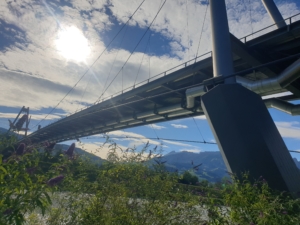
In addition to the steam for the large Liechtenstein industrial companies, the Buchs waste incineration plant also supplies district heating via the Rhine. As of today, parts of Bendern and Schaan in Liechtenstein are already supplied with waste heat from the MWIP. However, the supply of district heating is to be expanded in the future. Strengthening the security of supply and moving away from fossil fuels also play a central role in Liechtenstein's energy policy. That is why the district heating pipelines are currently being expanded. For example, the first buildings in Vaduz are to be heated with waste heat from the waste incineration plant as early as winter 2022/23. The expansion of the pipelines will primarily serve to supply public buildings, but nearby households will also be given the opportunity to replace their gas and oil heating systems with district heating.
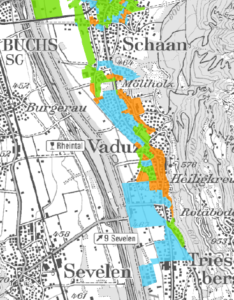
- Operating perimeter: In this perimeter, buildings should be able to be connected to district heating. In the case of a construction project/heating replacement, the operator should be contacted at an early stage.
- Planning perimeter: Projects/preparations for district heating are underway in this perimeter. Buildings should be able to be connected to district heating in the short to medium term. In case of a construction project/heating replacement, contact the operator at an early stage.
- Evaluation perimeter: Planning/studies for district heating are underway in this perimeter. Buildings should be able to be connected to district heating in the medium to long term.
The Principality of Liechtenstein with a size of 160 km2 and about 380000 inhabitants is comparable to the canton Obwalden, which is with 490 km2 a bit bigger but also has about 38000 inhabitants
On an economic level, Liechtenstein is also comparable to Switzerland. A strong banking sector combined with an industry that has established itself in niche markets. The best known companies are Hilti AG (known for the red drilling machines) and Hoval AG (known for modern heating systems). Compared to Switzerland, the share of industry in the overall labor market is still relatively high, at over 30%. A factor that is often forgotten in reports about the "banking country"
Power
There is close cross-border cooperation not only in the field of heat. The Liechtenstein power plants (LKW) produce their own electricity, but cannot cover 100% of the country's electricity needs. The electricity produced in Liechtenstein consists of 100% renewable energy, hydropower and photovoltaics. LKW has twelve hydroelectric power plants of its own, which together produce about 18 percent of the electricity required in Liechtenstein. This corresponds to approximately 72,000 MWh. In addition, there are 18 company-owned photovoltaic plants. With a degree of self-sufficiency of about 25 percent (of which 19 percent from hydropower and 6 percent from solar energy), Liechtenstein has to import a large part of its electricity from other European countries, but the domestic electricity production covers the needs of all private household customers in the trucks. This means that enough electricity is produced in Liechtenstein to feed every private socket with renewable energy. The additional electricity required is imported from Switzerland via four high-voltage lines to Liechtenstein.
Cooperation between neighboring countries is particularly important in the area of high-voltage transmission lines. This is shown by the discussion about the transmission line in the Balzers municipal area. This is part of the existing 220 kV line, which is around 73 kilometers long, from the Bonaduz substation (GR) to the Rüthi (SG) and Meiningen (AT) substations respectively. The municipality of Balzers has not renewed the transmission contract. The Balzers municipal council made this decision at the beginning of 2021. In the debate, arguments were raised regarding the townscape, health and the benefits of the pipeline on municipal territory. Following the decision, Swissgrid requested an exporpriation procedure, on which the Liechtenstein parliament is to decide in the fall of 2022. Regardless of whether the application is granted, an alternative solution should be found in the future. Swissgrid and the government of the Principality of Liechtenstein must work closely together to ensure a long-term solution for securing the electricity supply in eastern Switzerland and Liechtenstein.
Florin Konrad, University Intern Media & Politics, Swiss Federal Office of Energy
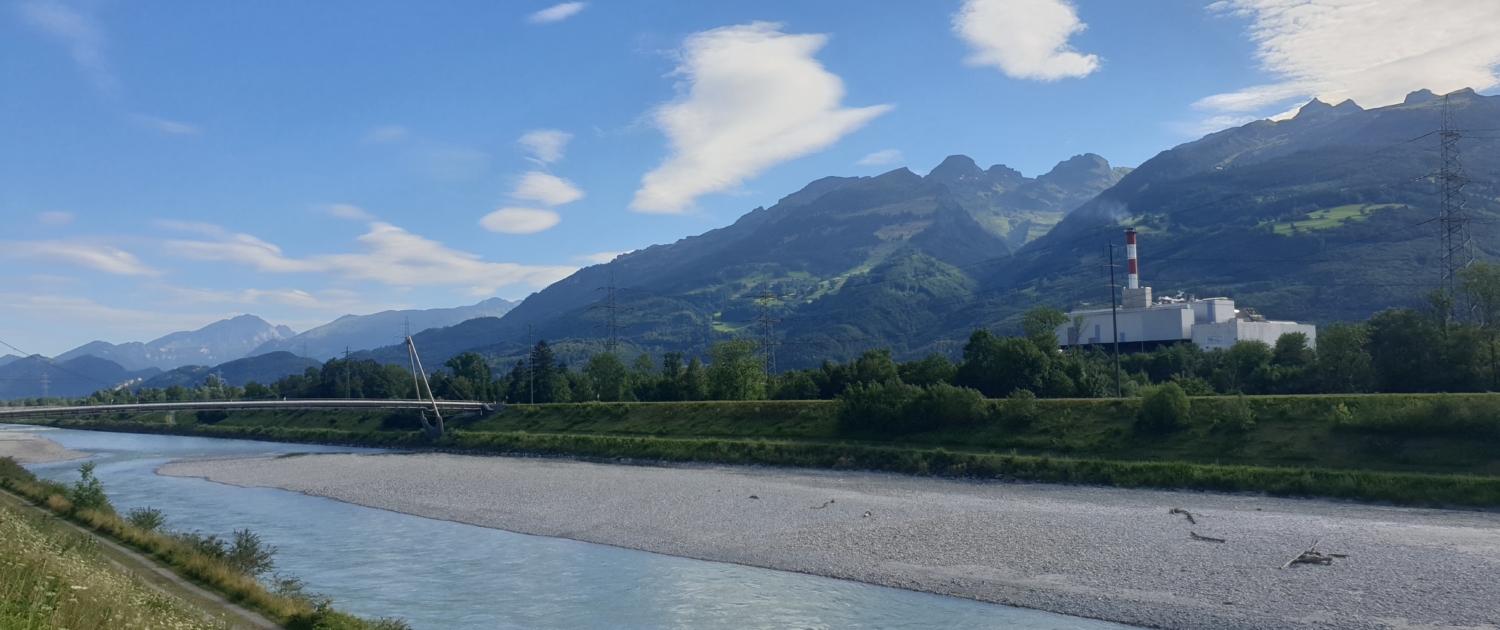

 Das «CLEAN ENERGY PACKAGE» der EU-Kommission
Das «CLEAN ENERGY PACKAGE» der EU-Kommission 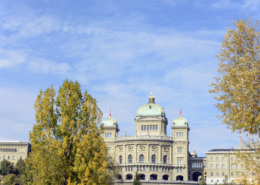 Parlamentsdienste 3003 Bern / Béatrice DevènesSommersession 2025: Parlament berät Stromreserve und Beschleunigungserlass
Parlamentsdienste 3003 Bern / Béatrice DevènesSommersession 2025: Parlament berät Stromreserve und Beschleunigungserlass 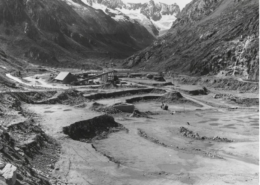 Schweizer Bauzeitung / e-periodicaWarum Opalinuston beim Staudammbau zum Zug kam
Schweizer Bauzeitung / e-periodicaWarum Opalinuston beim Staudammbau zum Zug kam  EnergieSchweizLa compatibilité climatique: l’avenir de la construction
EnergieSchweizLa compatibilité climatique: l’avenir de la construction 
 EnergieSchweiz
EnergieSchweiz shutterstock
shutterstock
Neuste Kommentare